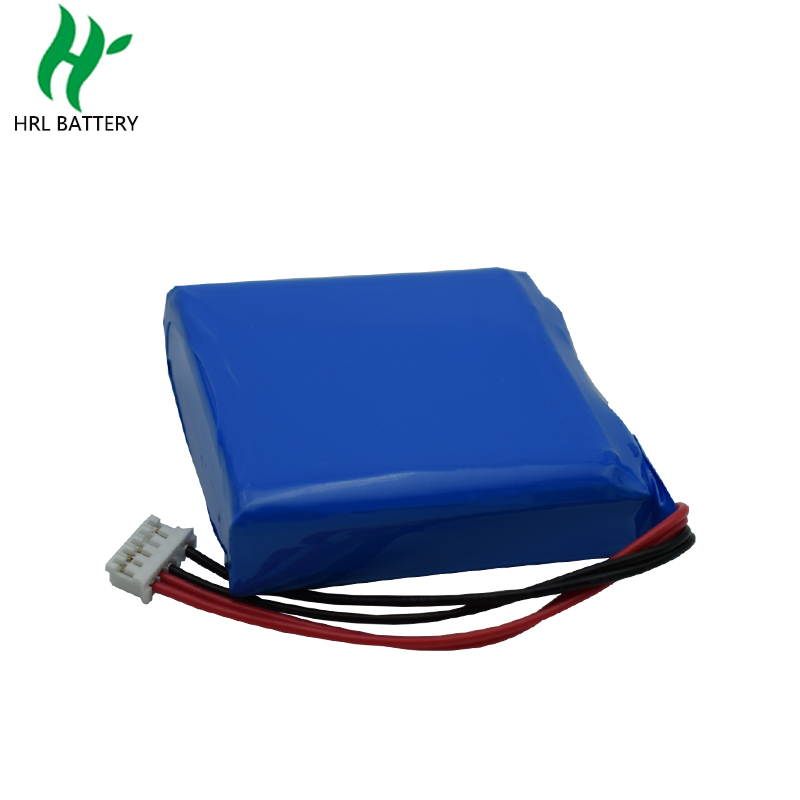1. Safety performance
Batteries with unqualified safety performance indicators are not acceptable. The most influential ones are explosions and liquid leakage. Explosion and leakage are mainly related to the internal pressure, structure and process design of the battery (such as safety valve failure, lithium-ion battery without protection circuit, etc.) and improper operation that should be prohibited (such as throwing the battery into a fire).
2. Capacity
Refers to the total amount of electricity that the battery can release under certain discharge conditions. According to the IEC standard and the national standard, nickel-cadmium and nickel-metal hydride batteries are charged at 0.1C for 16 hours and discharged at 0.2C to 1.0V at 20±50C. The rated capacity of the battery is expressed by C; lithium ion The battery’s rated capacity is the battery’s rated capacity when the battery is charged at room temperature, constant current (1C), and constant voltage (4.2V) for 3 hours and then discharged at 0.2C to 2.75V. The unit of battery capacity is mah and Ah (1Ah=1000mAh).
Taking the AA2300mAh Ni-MH rechargeable battery as an example, it means that the battery will be charged at 230mA (0.1C) for 16 hours and then charged at 460mA (0.2C)
When discharged to 1.0V, the total discharge time is 5 hours, and the discharged electricity is 2300mAah. Correspondingly, if it is discharged with a current of 230 mA, the discharge time is about 10 hours.
3. Internal resistance
The internal resistance of a battery refers to the resistance experienced when current flows through the battery. The internal resistance of the rechargeable battery is very small, and a special instrument can be used to measure more accurate results. The commonly known internal resistance of a battery is the internal resistance of the charged state, even if the internal resistance of the battery is fully charged (corresponding to the internal resistance of the discharged state, it refers to the internal resistance of the battery after fully discharged. Generally speaking, the internal resistance of the discharged state is more than The internal resistance in the charged state is large and not very stable). The greater the internal resistance of the battery, the more energy the battery consumes, and the lower the efficiency of the battery. A battery with a large internal resistance generates a lot of heat during charging, causing the battery’s temperature to rise sharply. The impact on the battery and the charger is great. With the increase of battery usage times, the internal resistance of the battery will increase to varying degrees due to the consumption of electrolyte and the decrease of the activity of the internal chemical substances in the battery. The lower the quality, the faster the rise.
4. Cycle life
The cycle life is the number of times the battery can be repeatedly charged and discharged. The battery life and capacity are in an inverse relationship. Generally, the cycle life of a nickel-hydrogen battery can reach more than 500 times. The life of a high-capacity battery is shorter, but it can reach more than 200 times. The cycle life is also closely related to the charging and discharging conditions. Generally, the larger the charging current (the faster the charging speed), the shorter the cycle life.
5. Charge retention capability
The charge retention capability, which is usually referred to as self-discharge, refers to the retention capability of the stored power of the battery under certain environmental conditions in an open circuit state. Self-discharge is mainly determined by many factors such as battery materials, manufacturing processes, and storage conditions. Generally, the higher the temperature, the greater the self-discharge rate. A certain degree of self-discharge of rechargeable batteries is normal. Take nickel-metal hydride batteries as an example. The IEC standard stipulates that after the battery is fully charged, at a temperature of 20±5°C and a humidity of 65±20%, the battery should be left open for 28 days, and the 0.2C discharge time shall not be less than 3 hours (that is, the remaining power Greater than 60%). The self-discharge of lithium ion batteries and dry batteries is much smaller.
Post time: Dec-03-2020





